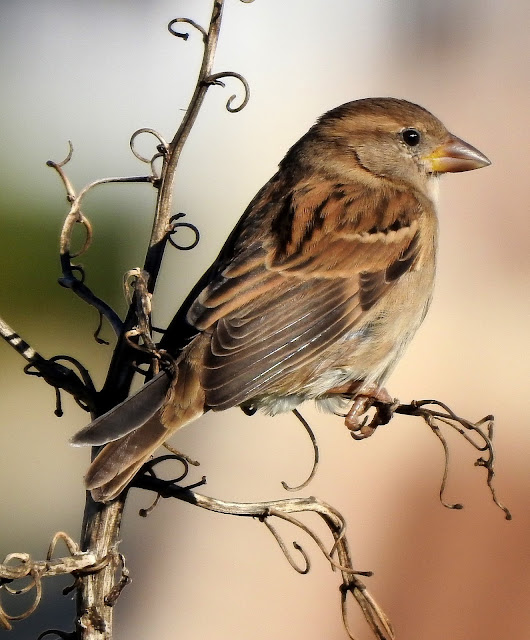The bay-headed tanager (Tangara gyrola) is a medium-sized passerine bird. This tanager is a resident breeder in Costa Rica, Panama, South America south to Ecuador, Bolivia and north-western Brazil, and on Trinidad.
It occurs in forests, particularly in wetter areas. The bulky cup nest is built in a tree and the normal clutch is two brown-blotched white eggs. The female incubates the eggs for 13–14 days to hatching, with another 15–16 days before the chicks fledge.
These are social birds which eat mainly fruit, usually swallowed whole. Insects are also taken, mainly from the underside of branches.
This tanager favors forested environments, showing a preference for the more humid regions. It is adept at making its home in these lush habitats, where it constructs a bulky cup nest within the trees.
The Bay-headed Tanager is a resident breeder with a wide range extending from Costa Rica and Panama through South America to Ecuador, Bolivia, and northwestern Brazil. It is also found on the island of Trinidad.
Bay-headed Tanagers are sociable creatures, often seen in groups. They primarily feed on fruit, which they typically consume whole. Insects also form part of their diet, with a particular penchant for those found on the underside of branches.
The song of the Bay-headed Tanager is a melodious sequence of slow 'seee, seee, seee, tsou, tsooy' notes, which can be heard resonating through their forested habitats.
The species constructs a robust cup-shaped nest in trees to lay their clutch, typically consisting of two white eggs adorned with brown blotches. The female takes on the responsibility of incubating the eggs for a period of 13 to 14 days until they hatch. The fledging period for the chicks lasts an additional 15 to 16 days.
%2014.jpg)
%2012.jpg)








%2020.jpg)
















%2020.jpg)

%2020.jpg)
%2021.jpg)
%2020.jpg)
%20(Serinus%20serinus)%2020.jpg)


%20PHOTO%20COURTESY%20OF%20MRS%20VALERIE%20FISHER%2020.jpg)
%20PHOTO%20COURTESY%20OF%20MRS%20VALERIE%20FISHER%2021.jpg)



%20(Phoenicurus%20ochruros)%2019.jpg)
%20(Phoenicurus%20ochruros)%2020.jpg)
%20(Phoenicurus%20ochruros)%2021.jpg)






